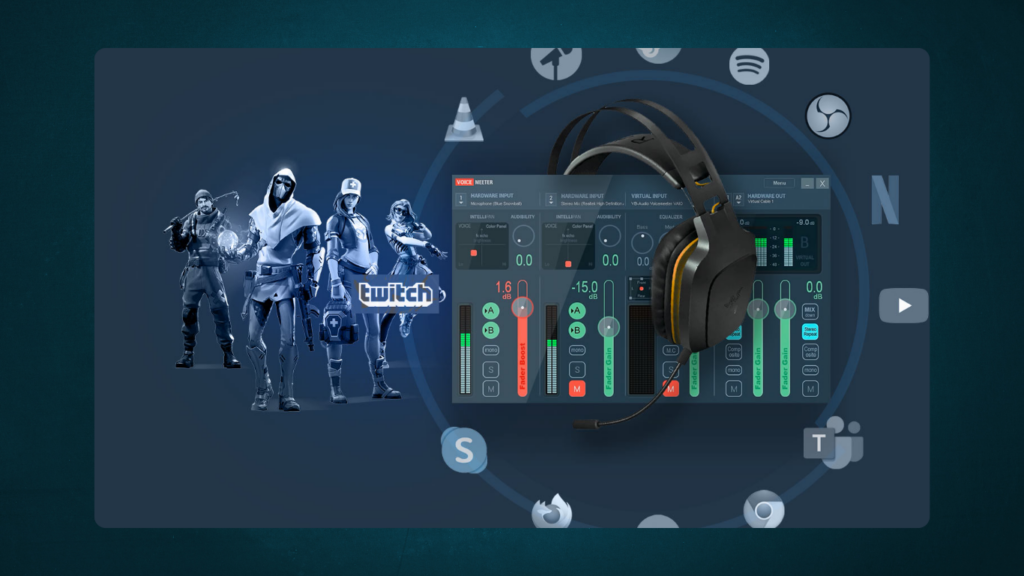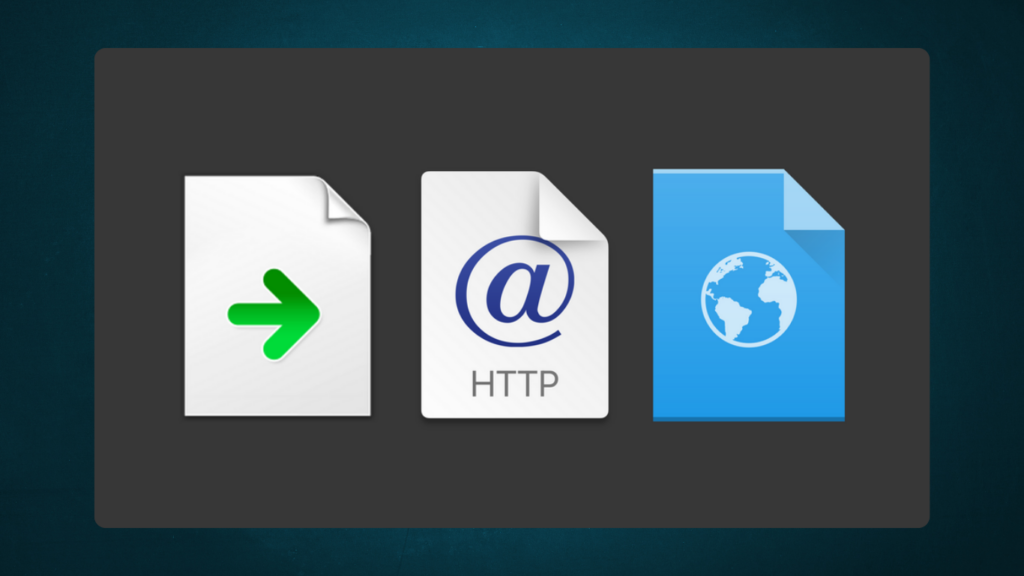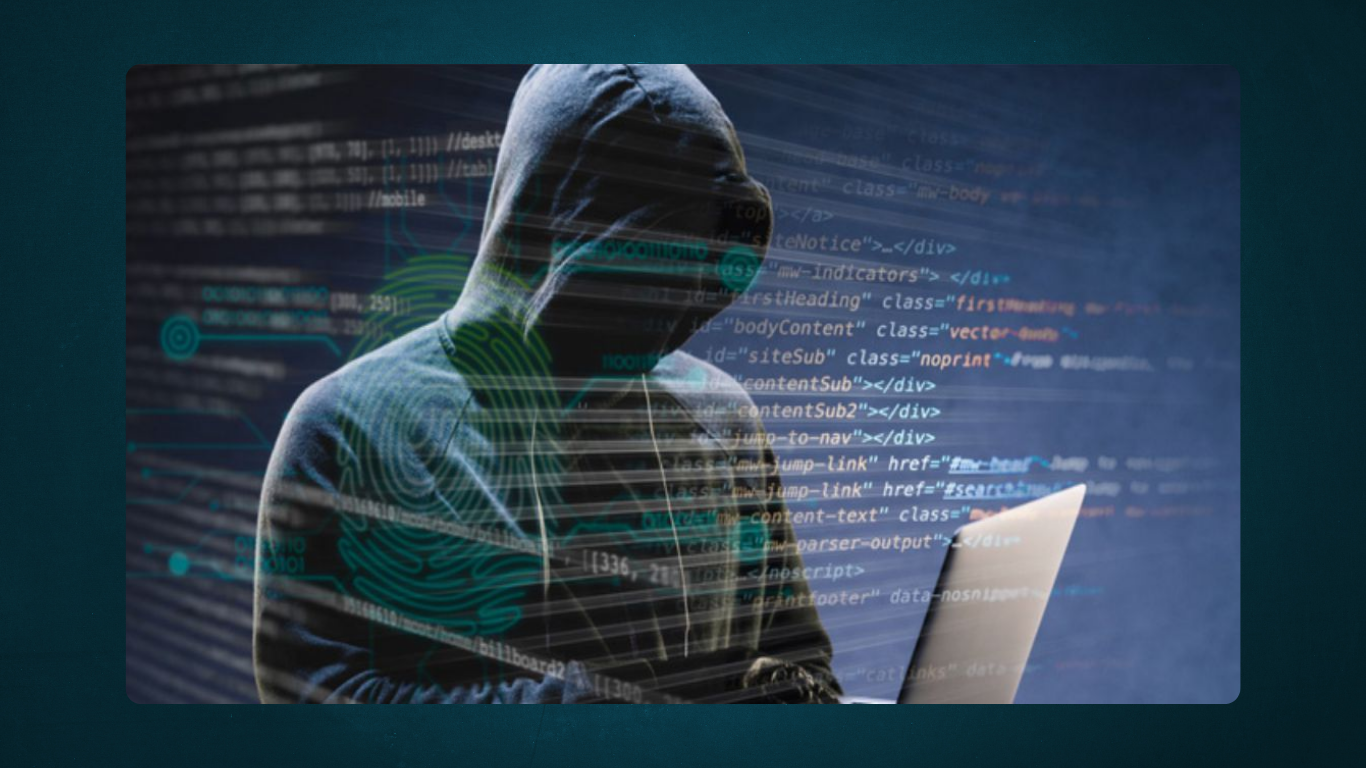Yet again, a critical vulnerability has emerged, sparking a third emergency warning from the U.S. government, urging Windows users to update their systems or risk losing access. Initially labeled as a “previously unknown” threat just three months ago, this issue has rapidly evolved into a major risk for millions of devices, with old, overlooked code buried within today’s Windows systems now fully exposed to attackers.

The latest threat, CVE-2024-43573, has been flagged by the U.S. Cybersecurity and Infrastructure Security Agency (CISA) as a serious spoofing vulnerability that could result in a loss of confidential information. Federal agencies have been ordered to either apply the necessary security fixes or stop using affected systems by October 29. Essentially, the instruction is simple for everyone: update your PC within 10 days or stop using it until you can secure it.
While this directive applies specifically to federal staff, CISA’s warning is intended for a much wider audience, from network defenders to businesses and individuals. Given this is the third vulnerability of its kind to be exploited in just a few weeks—and considering that earlier patches didn’t fully resolve the issue—cybersecurity experts are urging all Windows users to take immediate action. As Trend Micro advises, “Test and apply this update quickly—this one shouldn’t be ignored.”
Timing adds a layer of complexity to this situation. With around 900 million Windows 10 users yet to upgrade to Windows 11, and support for Windows 10 ending in about a year, millions are facing the possibility of no longer receiving these critical updates. Worse yet, there are reportedly 50 million users on even older versions of Windows, leaving their systems even more vulnerable to these growing threats.
The heart of the issue revolves around MSHTML, a component of Windows, which uses a specific type of Internet Shortcut file. When a user clicks this file, it opens Internet Explorer (IE), despite the browser being officially retired. This allows attackers to exploit outdated code through the more vulnerable IE rather than using more secure browsers like Chrome or Edge. Even devices running Windows 10 and 11 are susceptible to these kinds of attacks.
This vulnerability was first revealed back in July, under CVE-2024-38112, and was initially linked to the APT group Void Banshee, which used the exploit in infostealer attacks. Since then, the threat has continued to evolve. In September, CISA added a related vulnerability, CVE-2024-43461, to its Known Exploited Vulnerability catalog, warning that it had been used in conjunction with the earlier MSHTML vulnerability.

Now, the latest MSHTML vulnerability, CVE-2024-43573, has surfaced, raising concerns that the original patches were inadequate. Trend Micro notes that this vulnerability bears striking similarities to previous ones, sparking speculation that the initial fixes didn’t completely address the problem. Given the high risk of exploitation, all Windows users are urged to apply the latest Patch Tuesday updates from October to protect their systems.
Unfortunately, this isn’t the only challenge Windows users are facing. Microsoft’s latest Windows 11 update, version 24H2, has been causing its own set of issues. As reported by Neowin and XDA, some users have encountered blue screens of death (BSOD) due to a conflict with the Voicemeeter audio application. Microsoft has responded by temporarily blocking updates for systems running Voicemeeter until a fix is developed.
For users affected by this, Microsoft advises against manually forcing the 24H2 update using the Installation Assistant or media creation tools. VB-Audio Software, the developer behind Voicemeeter, is reportedly working on a solution, though no timeline has been provided. In the meantime, users are encouraged to keep their systems updated with any available patches and wait for further updates before attempting to install 24H2.

The ongoing vulnerability saga highlights the difficulties Microsoft users face when trying to balance security with functionality. With critical security patches being released alongside updates that could cause system crashes, it’s more important than ever for users to stay vigilant and ensure they’re applying updates properly. And with the end of support for Windows 10 on the horizon, it may be time for users to seriously consider upgrading their systems to ensure they stay protected against these escalating cyber threats.

Subtly charming pop culture geek. Amateur analyst. Freelance tv buff. Coffee lover
